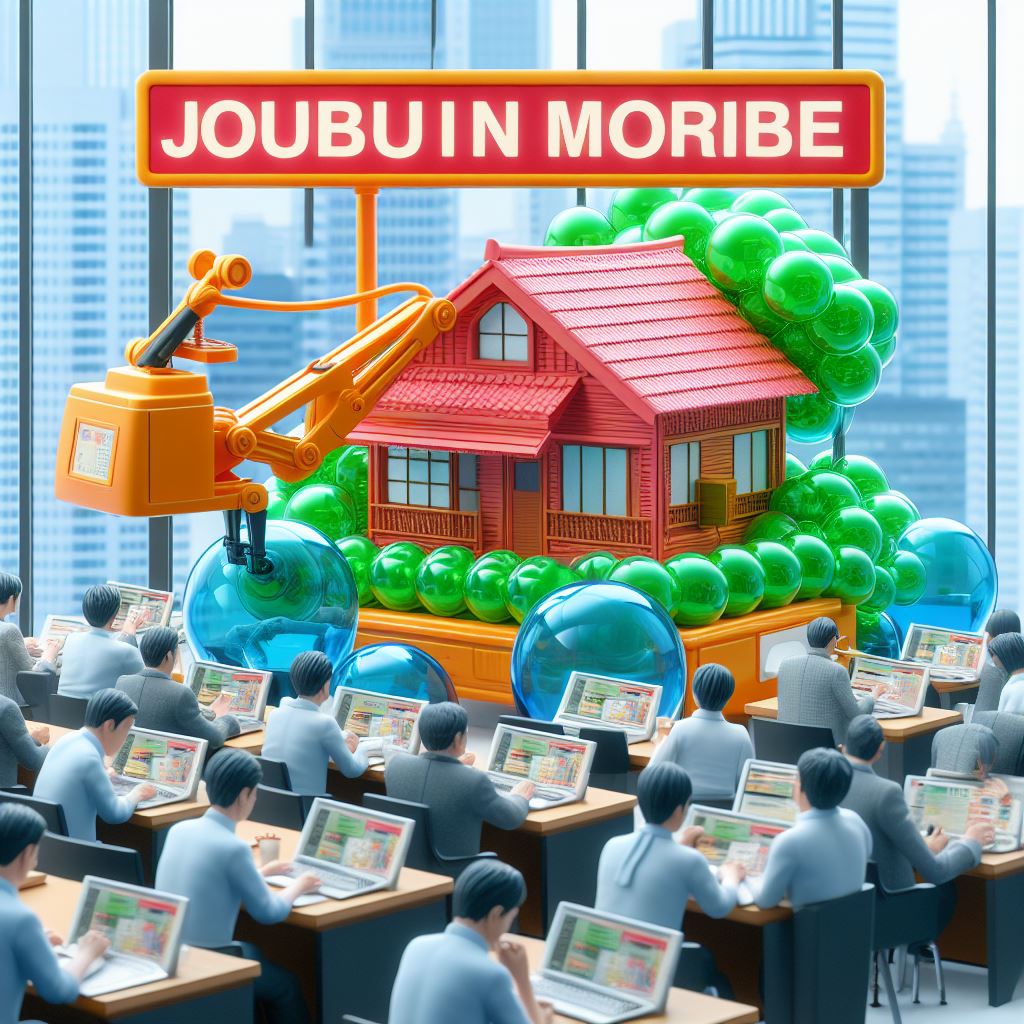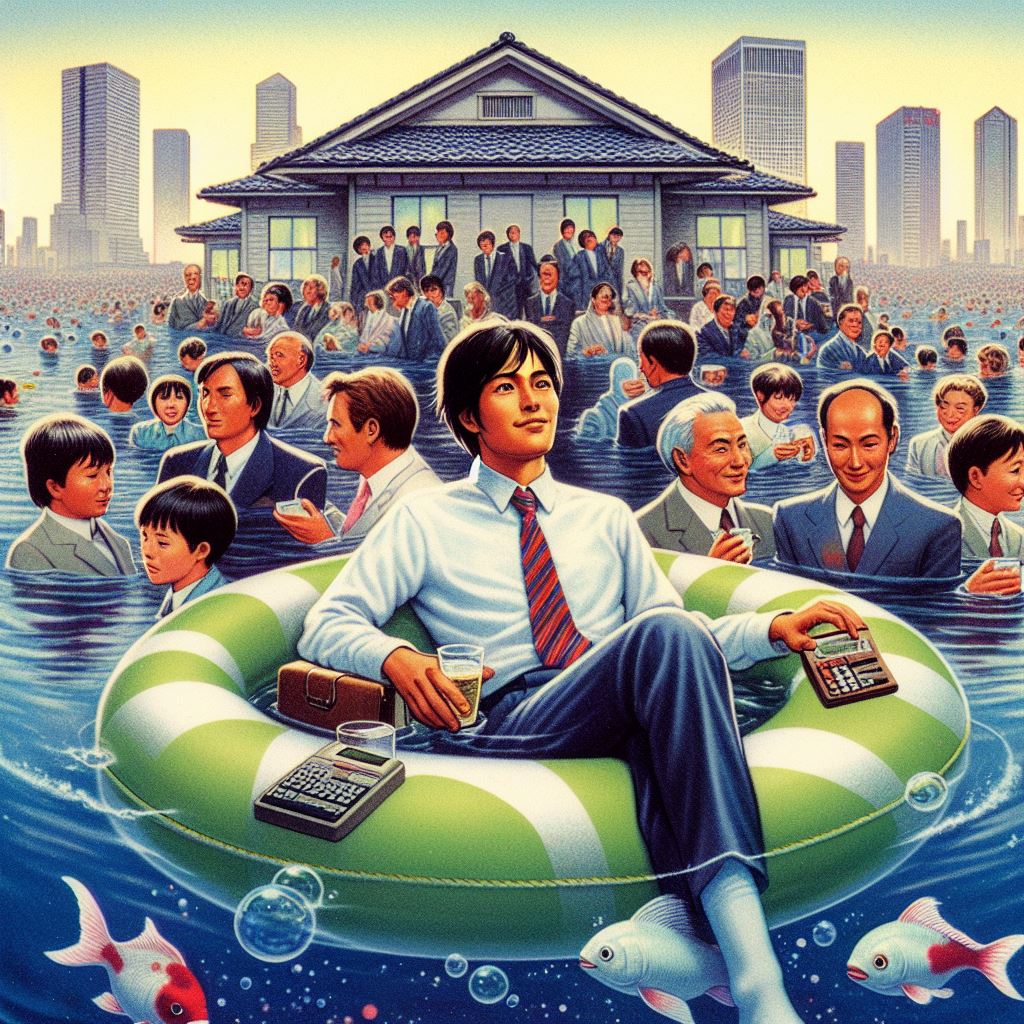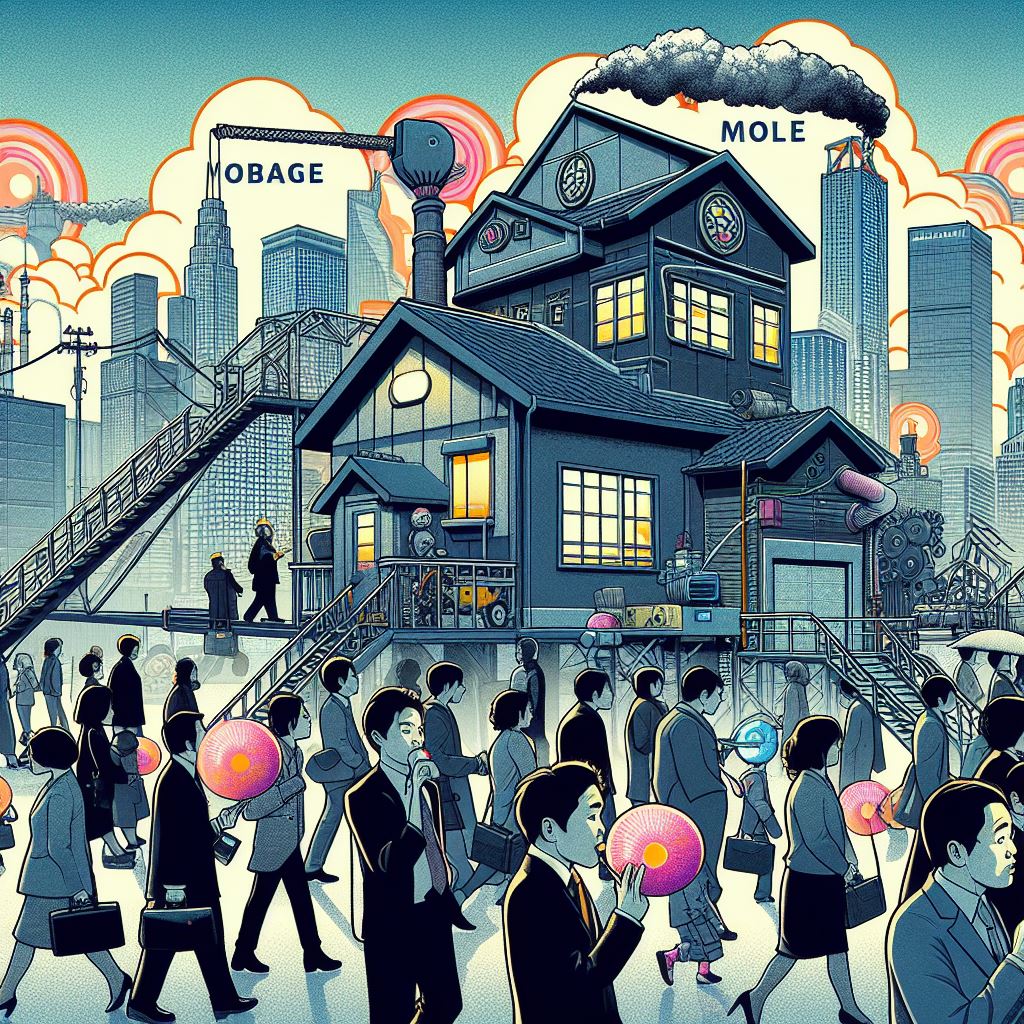日本的「泡沫經濟」,中國即將步入其後塵?
近年來中國大陸許多房產業者紛紛倒閉,引發民眾們聯想到早期日本不動產崩跌的慘狀。日本在20世紀90年代初期經歷一場巨大的經濟泡沫,這段時期通常被稱為「泡沫經濟」或「昭和景氣」。這個時期的經濟增長迅速,日本的經濟一度超越美國,成為世界上第二大經濟體,僅次於美國。然而,這種經濟增長主要是建立在不穩固的基礎上,導致後來的嚴重後果。
經濟泡沫主要是由於金融部門過度膨脹,特別是在股票和房地產市場。許多公司和個人都投入大量的資金到這些市場中,股票和房價大幅飆升。許多人都相信這種增長是無限的,因此不斷借貸和投資,進一步推高價格。然而,這種增長最終無法持續下去,並在1990年代初爆發泡沫破裂。股票和房地產市場迅速崩潰,導致許多公司和個人陷入破產。許多銀行和金融機構也因為持有價值大幅下跌的資產而面臨崩潰的風險。這場經濟危機對日本的經濟造成重大影響,並持續許多年。
經濟泡沫破裂後,日本進入一段長期的經濟停滯期,被稱為「失去的十年」。在這個時期,日本的經濟增長緩慢,通貨膨脹率低,失業率上升,而且股市和房地產市場都處於低迷狀態。政府實施了多項政策來刺激經濟,包括降息和貨幣寬鬆政策,但效果有限。
整體來說,90年代的經濟泡沫對日本的經濟造成巨大的影響,並且影響日本社會和政治。這段經歷使日本經濟失去原有的動力,並對其在國際上的地位產生重大影響。
直到今日,仍有許多日本人在70歲時仍未退休,仍在打零工以償還房貸。他們完全不敢過度消費,這只是因為早期買房時房價處於高點,導致身上背負著沉重的債務。根據統計,目前在日本65歲以上的高齡工作者已經超過1000萬人,平均每4位老人就有1位需要打工賺錢,否則無法生活。早期在經濟泡沫化前買房的人要償還所有房貸需要工作到73歲。然而,2020年政府修改法令,將償還房貸的年齡提升到85歲,比平均年齡82歲還增加3歲。
1985年,日本的平均房價約為每平方米11萬日元。到1991年,這一數字竟然暴漲到59萬日元。在東京市中心,平均每平方米房價更是高達1,450萬日元。當時的銀座更是達到每平方米70萬美金的驚人價格。當時,光是東京的房價就能夠買下整個美國。一時之間,日本政客也出現反美論,表示自己的經濟已經夠強大,是世界第一,並掀起一股購買美國企業或大樓的風潮。所有的民眾都相信土地和東京房價只會持續攀升,是最保值的資產。於是,許多中小企業主及上班族把所有財富都重壓在房產上,而銀行也大量放款給根本無法穩定還款的大學畢業生或是低收入的員工。即使利息相當驚人,也無法阻止大家炒房的熱度,這也是壓垮駱駝的最後一根稻草。
In recent years, many real estate developers in mainland China have gone bankrupt, prompting people to recall the disastrous collapse of the Japanese real estate market in the early 1990s. Japan experienced a massive economic bubble in the early 1990s, a period often referred to as the "Bubble Economy" or "Shōwa boom." During this time, the economy grew rapidly, and Japan's economy briefly surpassed that of the United States, becoming the world's second-largest economy after the US. However, this economic growth was built on an unstable foundation, leading to severe consequences later on.
The economic bubble was mainly due to the excessive expansion of the financial sector, particularly in the stock and real estate markets. Many companies and individuals poured large amounts of funds into these markets, causing stock and property prices to soar. Many believed this growth was limitless, leading to continuous borrowing and investment, further driving up prices.
However, this growth proved unsustainable and the bubble burst in the early 1990s. Stock and real estate markets collapsed rapidly, leading many companies and individuals to bankruptcy. Many banks and financial institutions were also at risk of collapse due to holding assets with significantly reduced values. This economic crisis had a significant impact on Japan's economy and lasted for many years.
After the bursting of the economic bubble, Japan entered a prolonged period of economic stagnation, known as the "Lost Decade." During this period, Japan's economic growth was slow, inflation rates were low, unemployment rates rose, and both the stock market and real estate market remained stagnant. The government implemented various policies to stimulate the economy, including interest rate cuts and monetary easing, but with limited success.
Overall, the economic bubble of the 1990s had a profound impact on Japan's economy, as well as its society and politics. This experience left Japan's economy devoid of its previous momentum and had a significant impact on its international standing.
Even today, many Japanese people are still working part-time jobs to repay mortgages, with some not retiring until they reach the age of 70. They are extremely cautious about excessive consumption due to purchasing property at high prices in the past, leaving them burdened with heavy debts. According to statistics, there are currently over 10 million elderly workers over the age of 65 in Japan, with one in every four seniors needing to work to make a living. Those who bought property before the economic bubble need to work until they are 73 to repay all their mortgages. However, in 2020, the government amended the law, raising the age for repaying mortgages to 85, three years higher than the average age of 82.
In 1985, the average house price in Japan was around 110,000 yen per square meter. By 1991, this figure skyrocketed to 590,000 yen. In the central Tokyo area, the average price per square meter reached a staggering 14.5 million yen. Ginza, in particular, soared to an astonishing $700,000 per square meter. At the time, the Japanese politicians even expressed anti-American sentiments, claiming their economy was strong enough to be the world's number one. This led to a trend of purchasing American companies or buildings. Everyone believed that land and Tokyo property prices would only continue to rise, making them the most valuable assets. As a result, many small and medium-sized business owners, as well as employees, invested all their wealth in real estate. Banks also lent heavily to university graduates or low-income employees who could not repay steadily. Even with considerable interest rates, they could not stop the feverish speculation in the property market, which ultimately broke the camel's back.



照片:DALLE3
- 1
- 2
- 3
- 4
